Mercedes-Benz W124: The “Engineer’s E-Class” takes on the Alps
Come to St. Moritz and drive the Gullwing,” offered the guys who look after the classic fleet at Mercedes-Benz. “And as you’ll already be in Italy for the E 450 All-Terrain wagon launch, why don’t you drive from there to Switzerland through the Alps in our W124 300 TD 4Matic wagon?”
It was an invitation too good to refuse, and not just because the 300SL Gullwing is one of my all-time hero cars. I’ve always regarded the W124-series Mercedes-Benz—built in sedan, wagon, coupe, and cabrio body styles between November 1984 and July 1997—as a touchstone model for the three-pointed star, a car whose brilliant Bauhausian rationality earned it a reputation as the engineers’ E-Class. The W124 was a Mercedes-Benz in which the engineering excellence was baked in but not shown off.
With 30 years gone since I lasted tested one, and I wanted to find out how well that notion had stood the test of time.

Sliding behind the wheel of the 1989 300 TD 4Matic wagon is like catching up with an old friend, instantly familiar and comforting. Behind the yacht-sized steering wheel is the analog dash that even today represents a model of clarity and readability. On the steering column is the single stalk that you can tug, push, flick, or twist actuating low and high beam, the turn signals, and the quirky single windshield that has a cam mechanism to maximize its cleaning area. In the center console sits the shifter for the four-speed automatic, with the wobbly gate that allows you to manually flick between fourth, third, and second gears.
It’s an unusual spec, this car, built in an era when customers were more able to mix and match all manner of options rather than tick the box on a pre-determined package of goodies. The front seats, resplendent in black MB-Tex (the hard-wearing vinyl that was standard issue even on an S-Class back then), must be adjusted manually, yet are fitted with the rare air cushion option, a precursor of today’s pneumatically adjustable seats. Windows wind up or down with manual cranks.
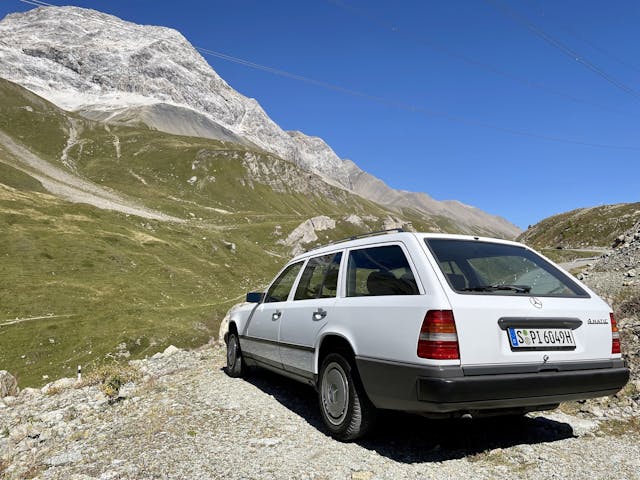
Like many German customers of the time, the 300 TD’s first owner opted to delete the model designation from the tailgate. The five horizontal slats in the right-hand front fender, just ahead of the front wheel, are the only clue to the diesel engine under the hood. The badge on the right-hand side of the tailgate, however, proudly proclaims this is an E-Class wagon fitted with 4Matic all-wheel drive, Mercedes-Benz’s first generation of the now-ubiquitous technology.
All-wheel drive was relatively rare on road cars in the 1980s. Audi’s all-wheel drive Coupe quattro, which introduced the concept to the mainstream 18 years after it had been pioneered by niche British automaker Jensen’s innovative FF, had been launched just five years before the first owner of this W124 wagon picked up his car. The first-generation 4Matic system featured a locking center differential with two clutches that under normal conditions sent 100 percent of torque to the rear wheels. If, based on inputs from the three-channel anti-lock brake system and the steering wheel angle sensor, the system detected a loss of traction, 35 percent or 50 percent of the torque could be sent to the front wheels.

This 1989 W124 wagon was acquired by the Mercedes-Benz Heritage fleet in 2009 and has covered the equivalent of 156,811 miles. That’s barely broken in for an old Mercedes diesel. Still, after the gentle rumble of the modern 2.0-liter four-cylinder diesel in the European-specification E 220 d All-Terrain wagon I’d driven the day before, the clatter of the 300 TD 4Matic’s 3.0-liter straight-six at idle comes as something of a shock. Diesels have become a lot smoother and quieter over the past 40 years.
More power-dense, too. The 300 TD’s turbocharged diesel has 50 percent more capacity than the E 220 d All-Terrain’s engine but makes just 75 percent the power and 62 percent the torque – 145 hp at 4600 rpm and 201 lb-ft at 2400 rpm, compared with 195 hp at 3600 rpm and 324 lb-ft from 1800 rpm.
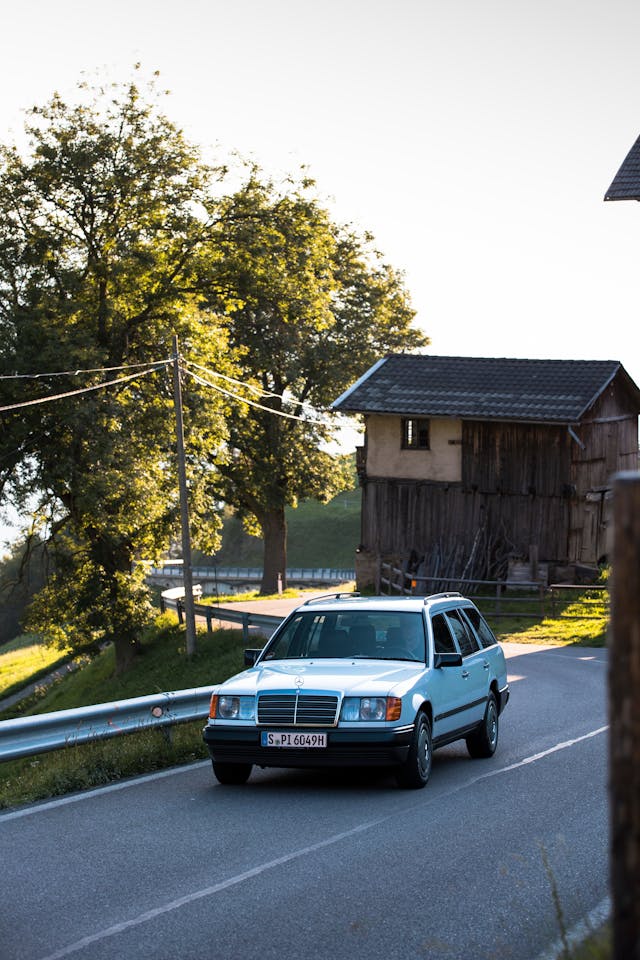
That, plus the helping hand from the 23-hp, 151-lb-ft electric motor of the mild hybrid system in the All-Terrain, means the 300 TD 4Matic feels decidedly languid in comparison when you press the accelerator pedal. Contemporary road tests suggest the 300 TD 4 Matic would amble from 0 to 60 mph in about 12.7 seconds en route to a top speed of 117 mph. Despite weighing at least 400 pounds more than its ancestor, the E 220 d All-Terrain will hustle to 60 mph in just 7.9 seconds and hit a top speed of 136 mph.
No, the 300 TD 4Matic won’t set your pulse racing as you accelerate away from the lights. But after a few miles behind the wheel, I was reminded why that doesn’t particularly matter. Such is the fundamental excellence of the chassis and the suspension: I could maintain surprising momentum on the Alpine roads, guiding the car through the corners with my fingertips, feeling it work through the compliance in the bushings and the bulbous 195/65 R15 Dunlop tires as the lateral forces increased. Once the wagon took a set, it felt as if almost nothing would kick it off line.
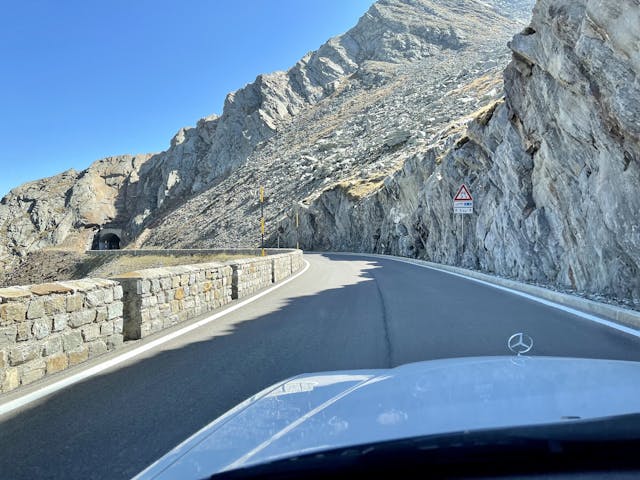

The relative paucity of power and torque was apparent only on the steepest and most serpentine climbs. After a while I figured the optimum moment to flick the shifter back into a lower gear on corner entry, allowing enough time for the four-speed automatic’s hydraulics to process the command and the turbocharger to build boost in response to the growly diesel’s increased crank speed before I needed to go to power. Once more I remembered why driving a classic car is such an involving experience.
The steering weight is heavier than in a modern Benz and has that on-center dead spot that was once so characteristic of post-war cars from Mercedes. As always, though, once you are through the dead spot the steering is quite accurate, and the tight turning circle proves useful in sharp corners. The relative narrowness of the W124—at 68.5in from side to side, it’s slimmer than today’s C-Class—gave me more road to play with when confronted with the occasional oncoming truck and bus, not to mention the seemingly never-ending stream of motorcycles and supercars on the more popular passes.

I made good use of engine braking on the faster downhill stretches, flicking the shifter into third and second gear and leaning on the old diesel’s 22:1 compression ratio as I brushed the brakes through the faster corners. It might be a diesel station wagon, but the 300 TD 4Matic was enjoyable to drive on the faster, more flowing roads, settling into a lovely, comfortable cadence. The sublime multi-link rear axle—its layout originally developed for the 190E compact, the precursor to the C-Class, and still covered by a Mercedes-Benz patent when this car was built—still feels world-class, utterly unfazed by gnarly mid-corner lumps and bumps.
Later, on the autobahn back to Stuttgart after my drive in the Gullwing, the 300 TD 4Matic cruised happily at 100 mph, the old diesel’s clatter a subdued growl at 3600 rpm. Even at that pace, wind and road noise levels were remarkably low. The biggest annoyance was slower traffic pulling out into the lane ahead, especially on uphill sections; lost momentum takes time to recover in this machine.
By the time I had pulled into my hotel in Stuttgart, I’d covered almost 480 miles through some of Europe’s most stunning scenery and on some of its fastest roads. All in a car built when hair metal was a thing, the Apple Macintosh was the coolest home computer on the market, and a teenaged Elon Musk was working at a lumber mill in Saskatchewan. Is the W124 still the engineers’ E-Class? Absolutely. My run in the 300 TD 4Matic proved you can still see and feel the intellectual rigor behind its design and execution.
***
Check out the Hagerty Media homepage so you don’t miss a single story, or better yet, bookmark it. To get our best stories delivered right to your inbox, subscribe to our newsletters.

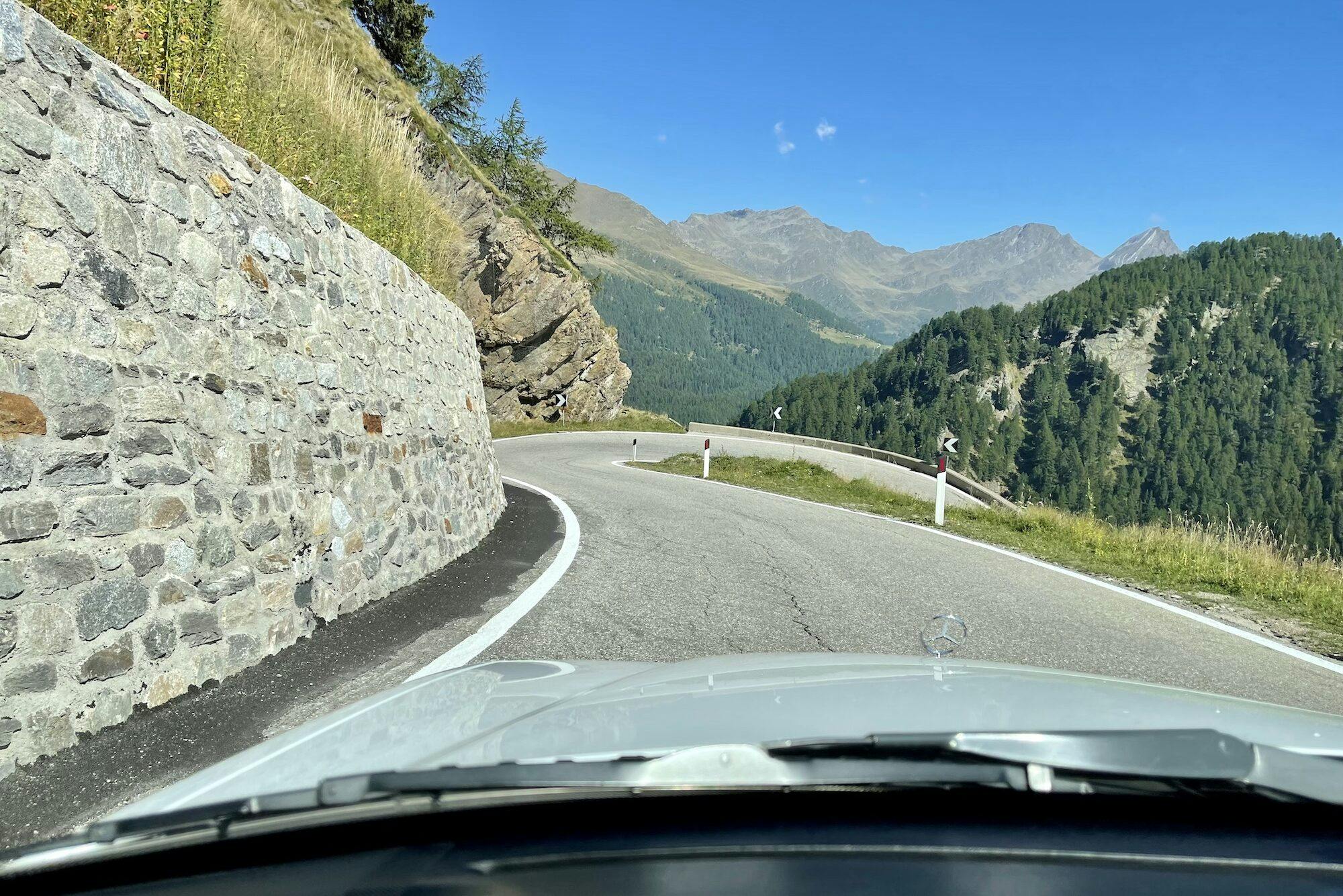
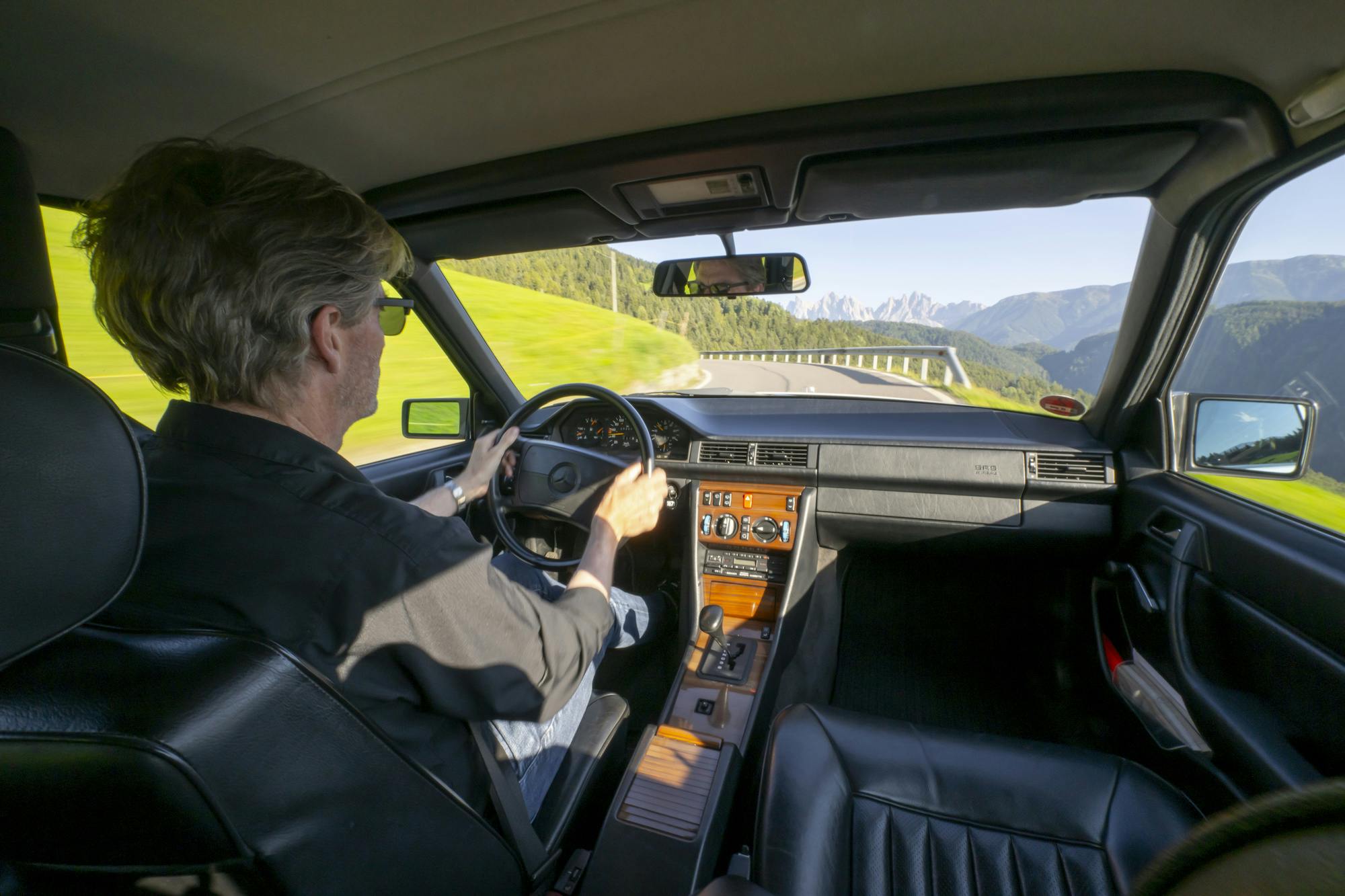

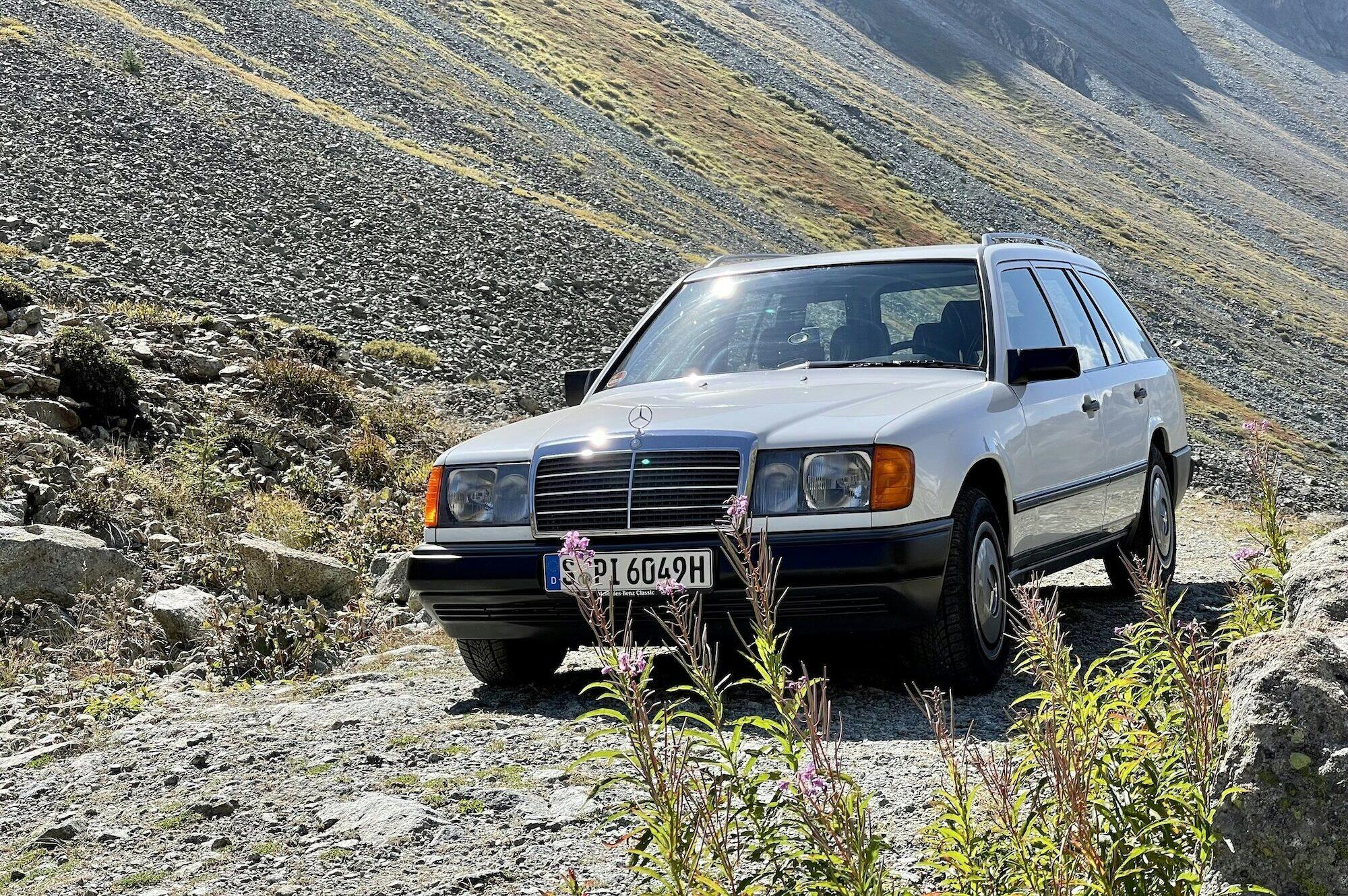
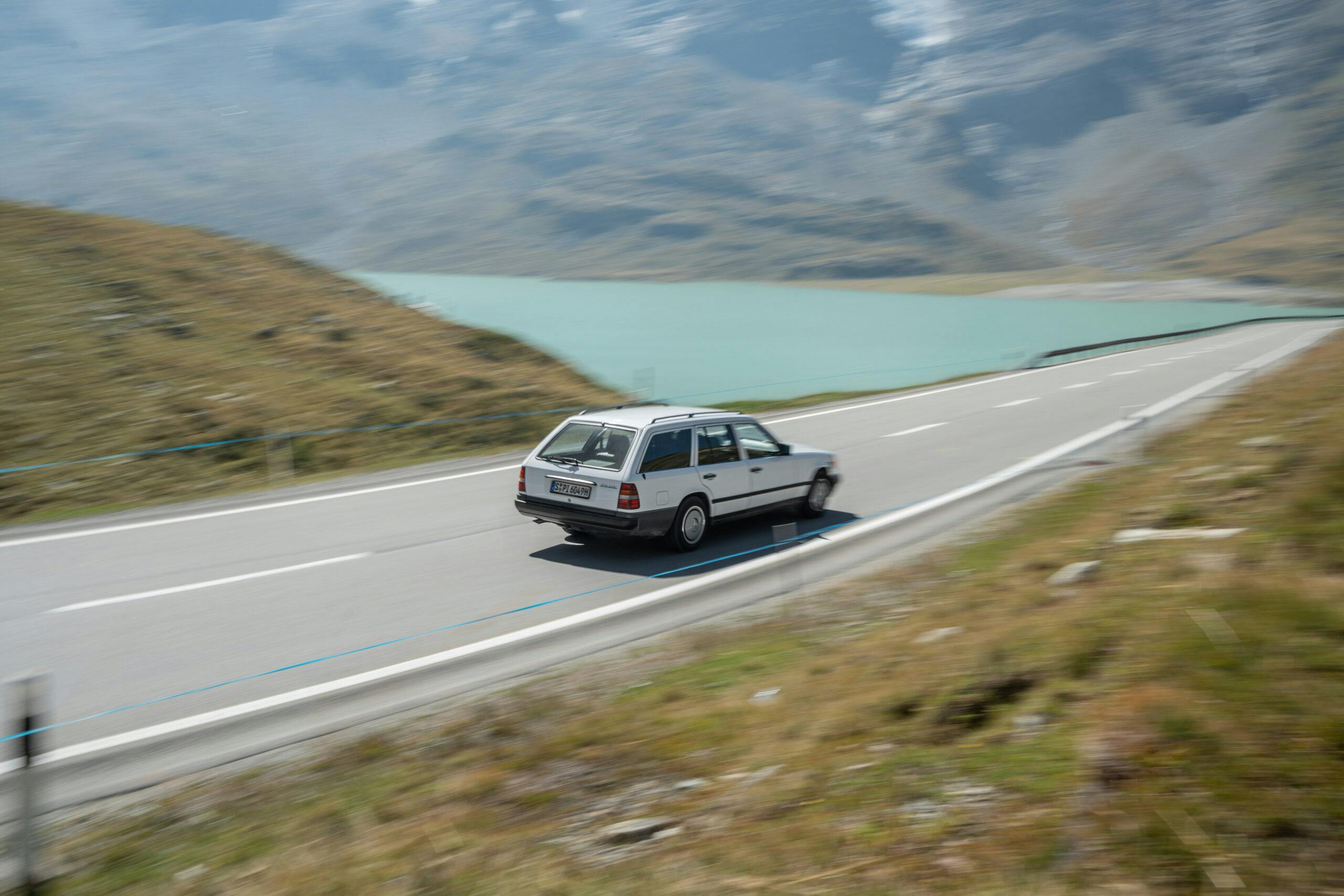




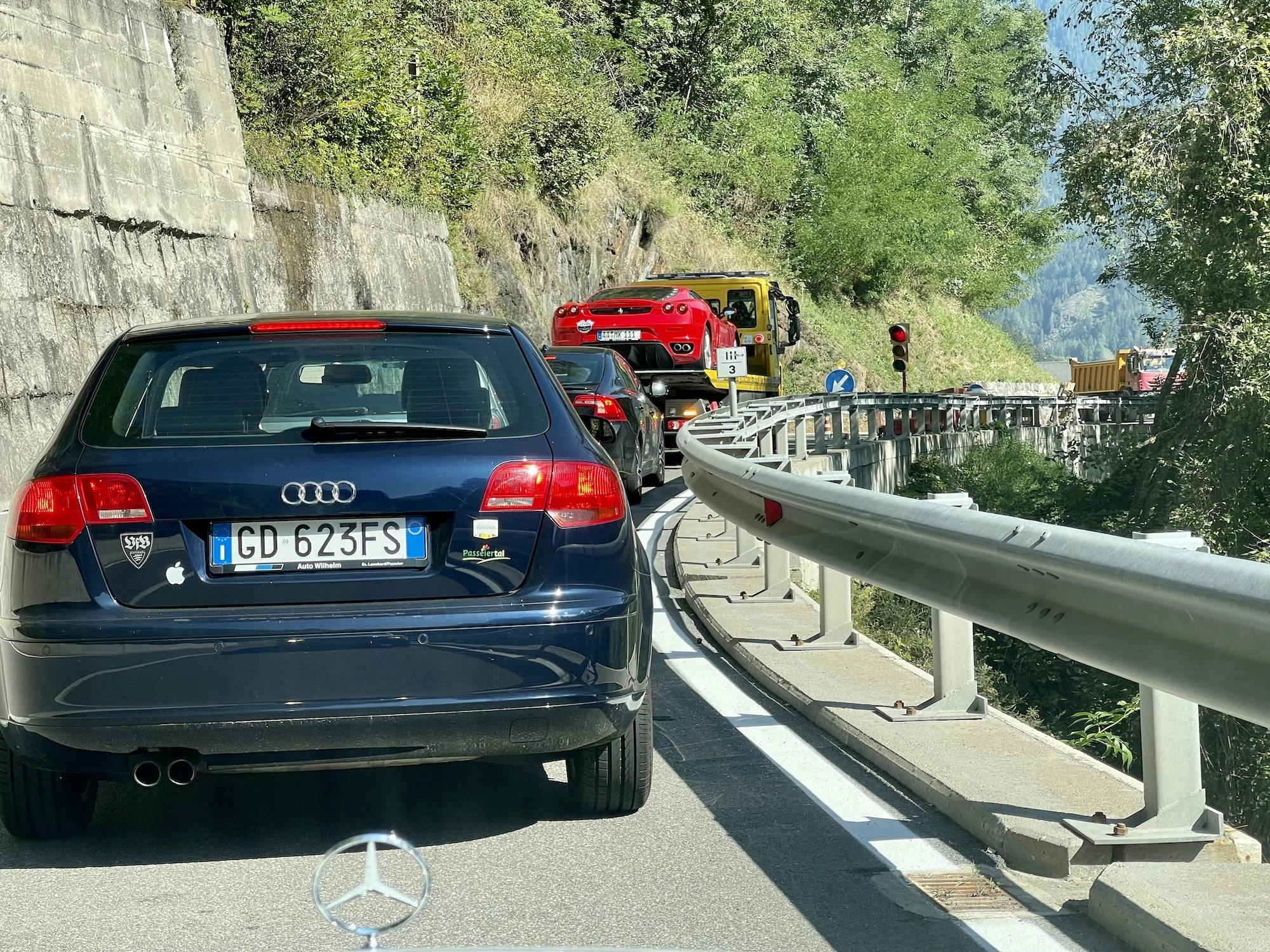
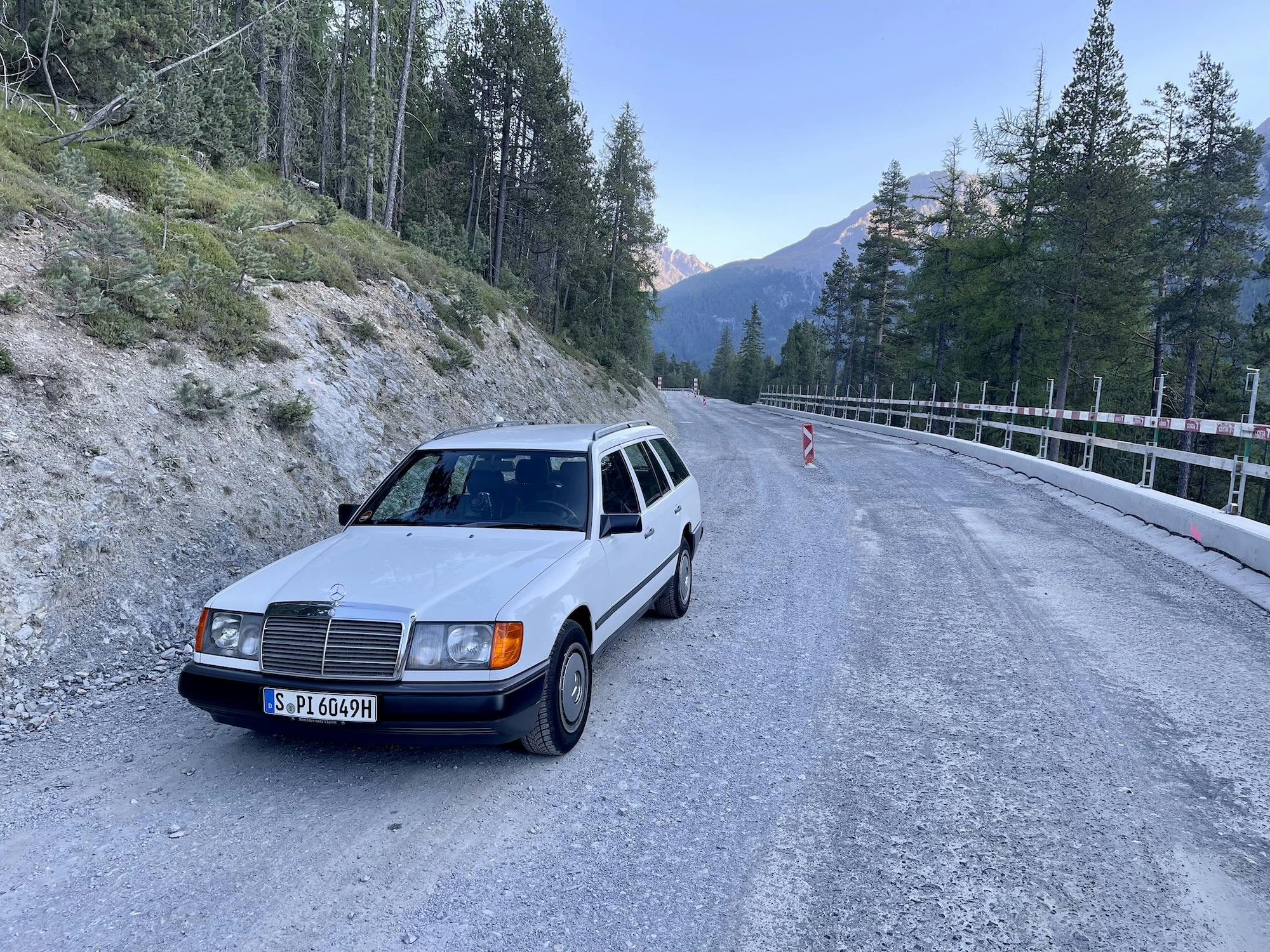
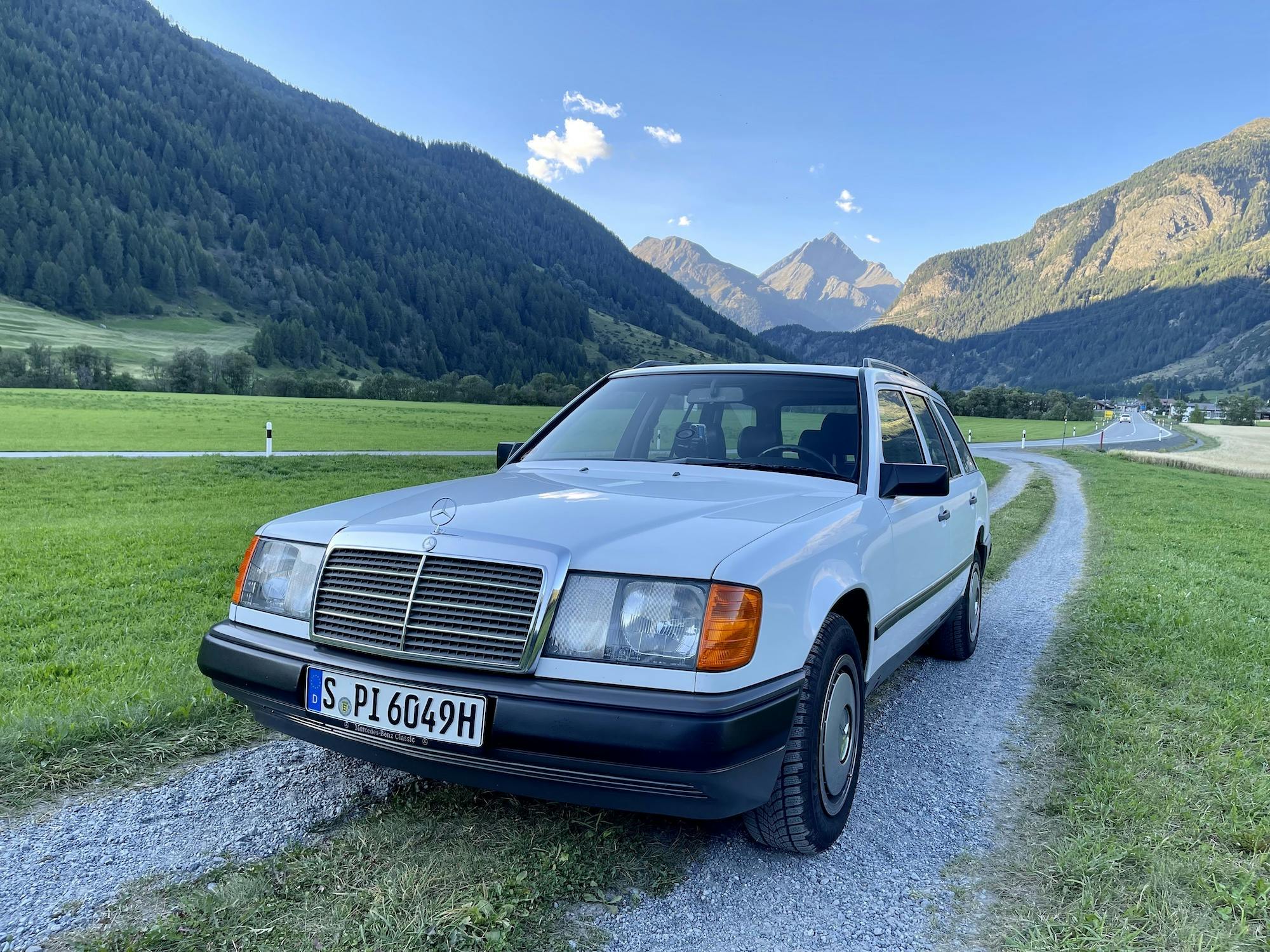
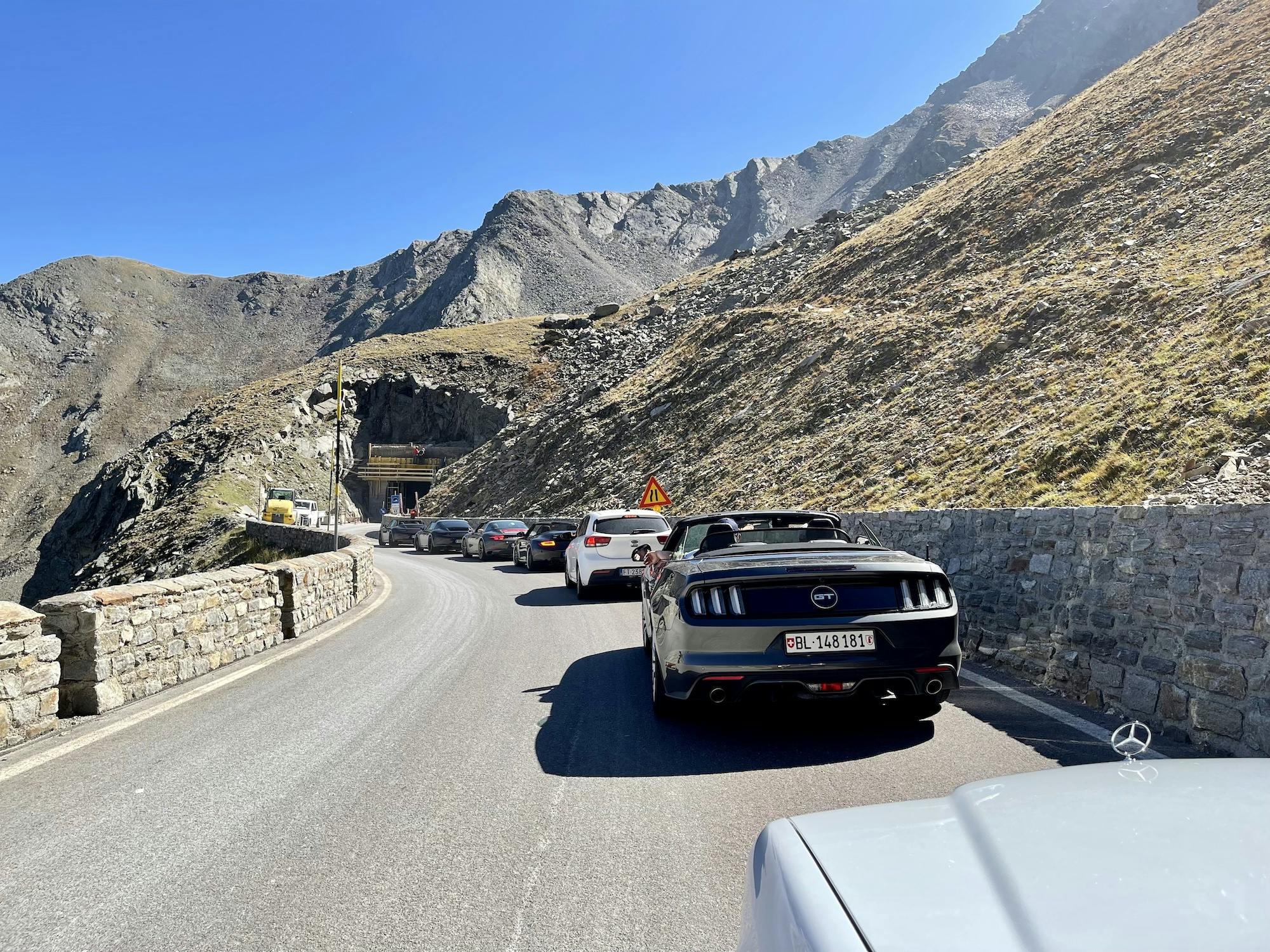
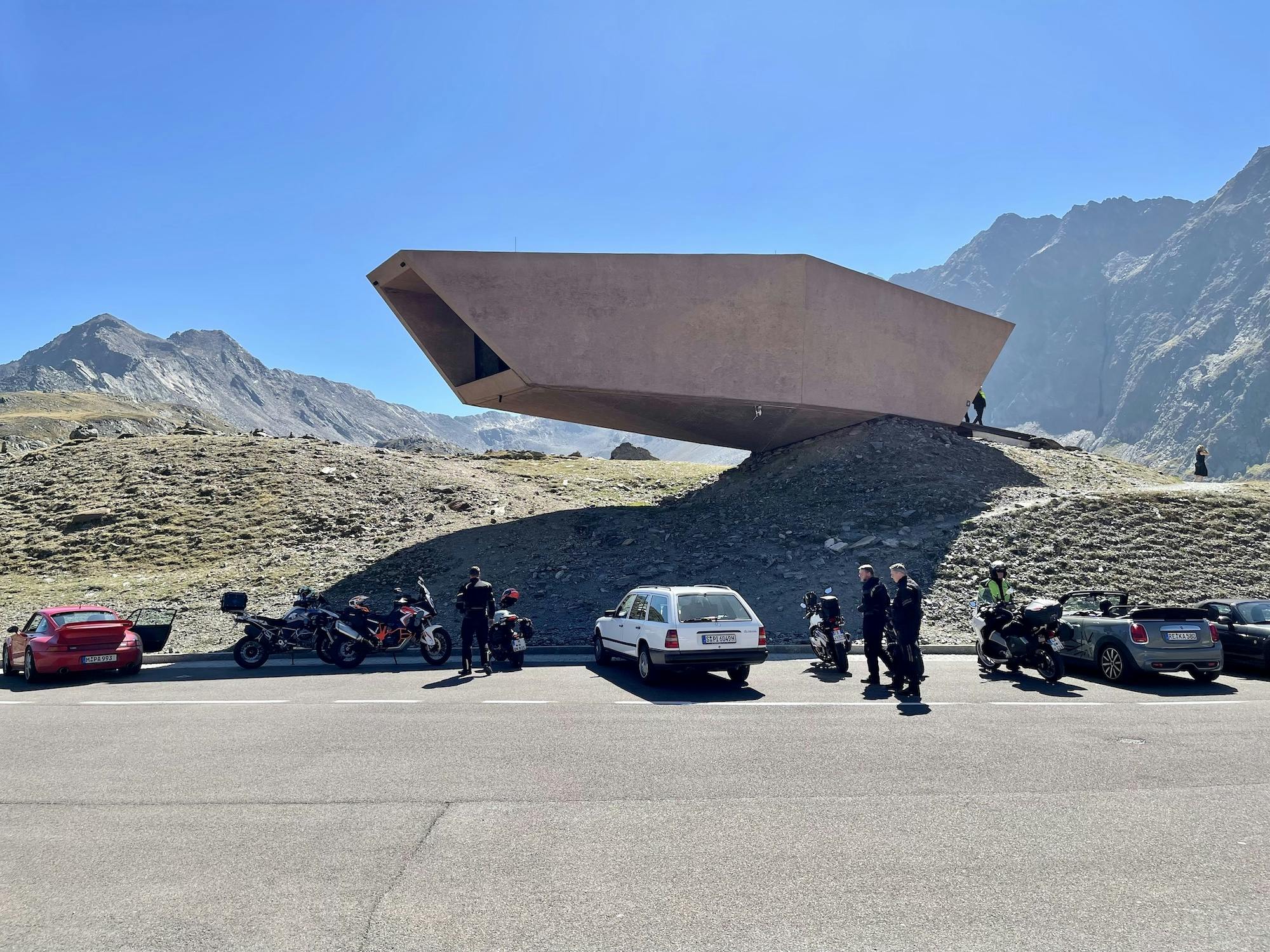
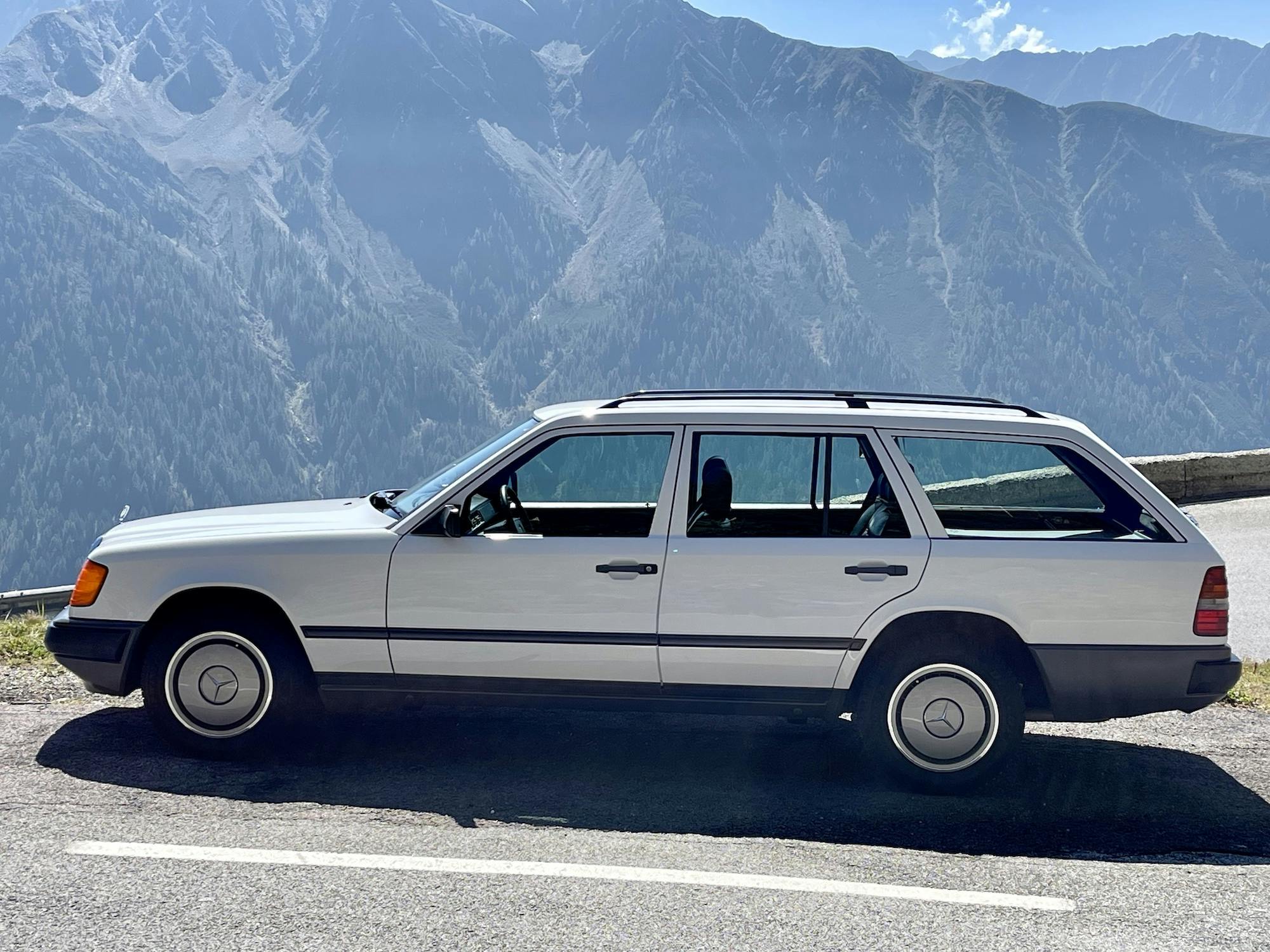
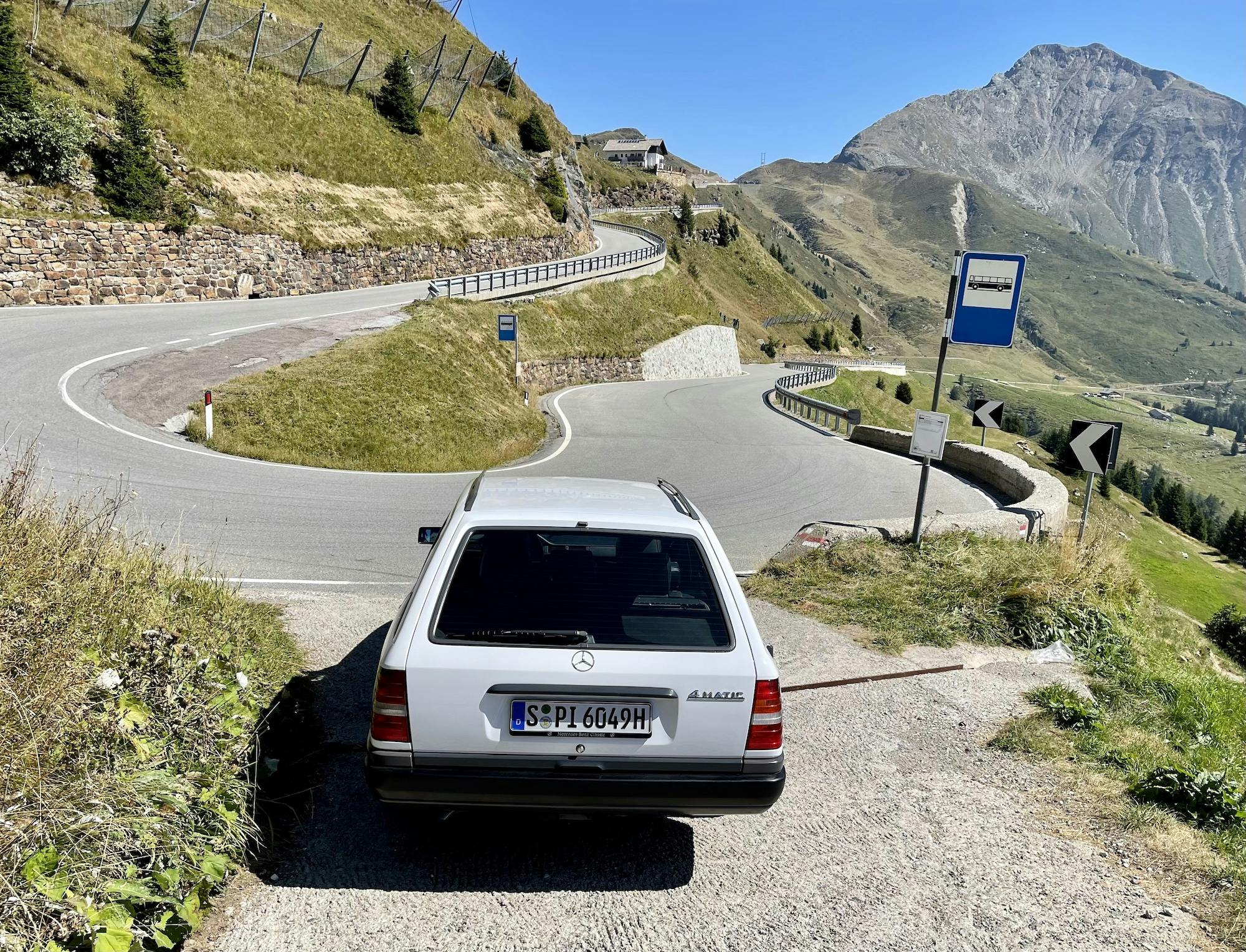
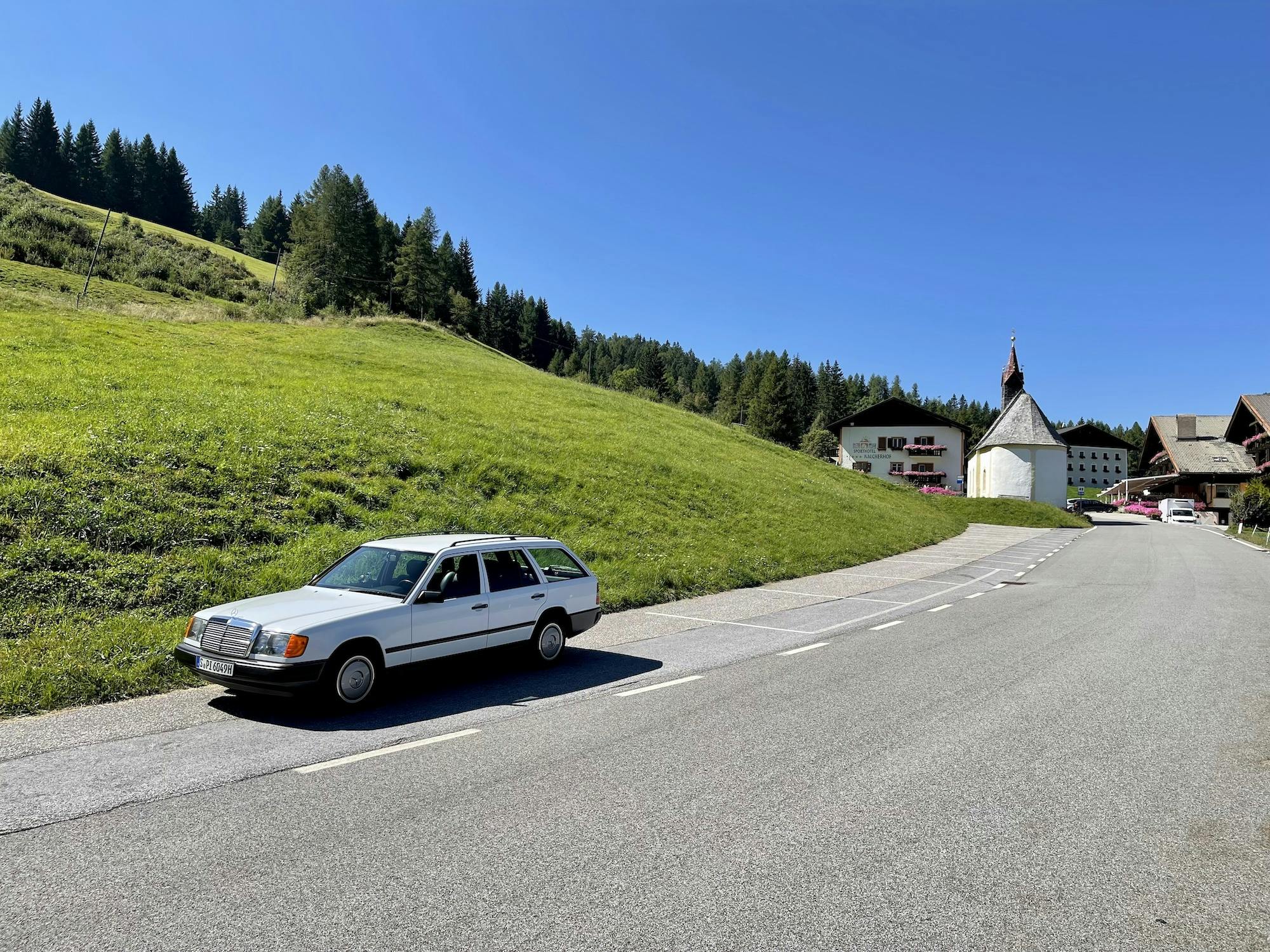


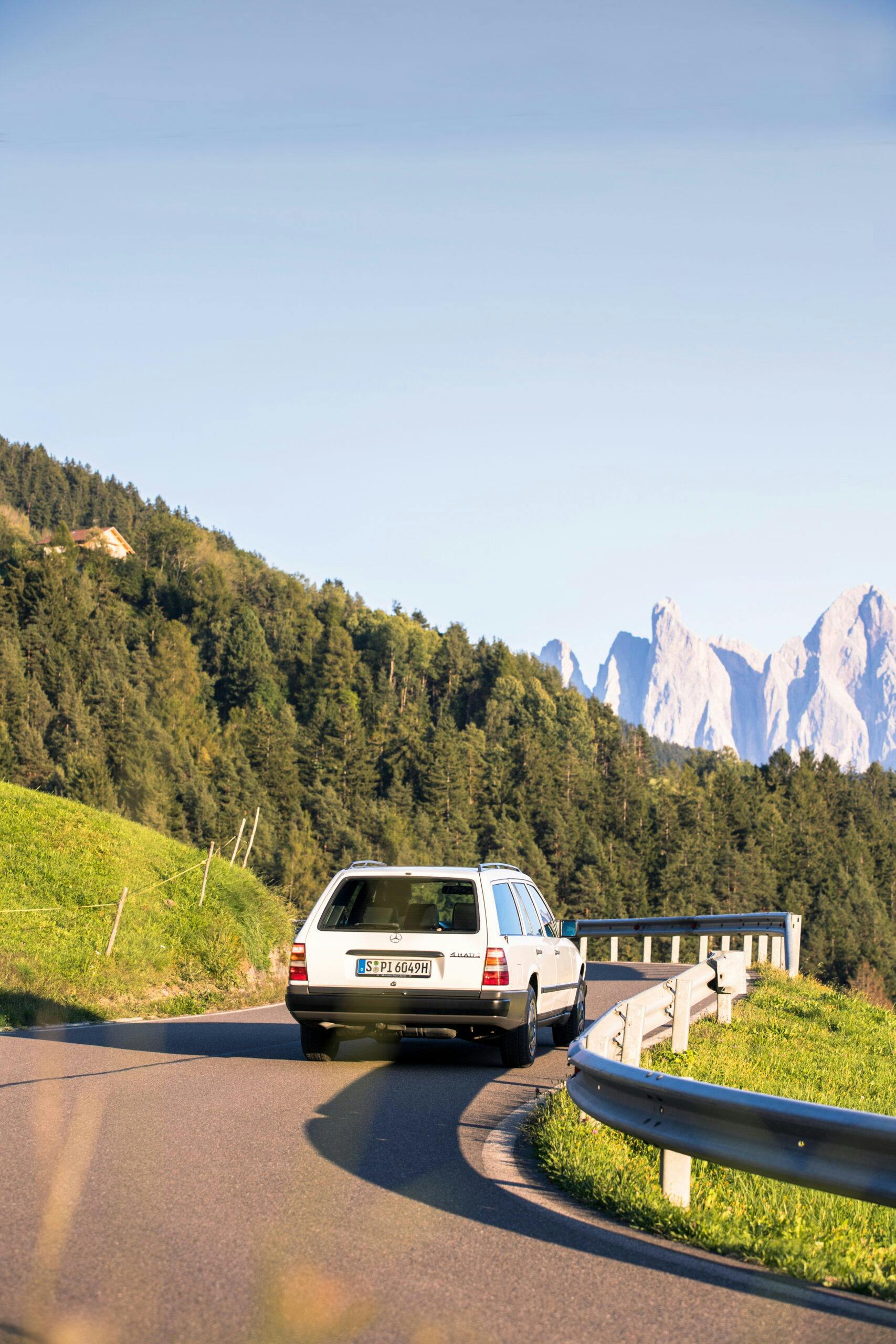


I owned a 1993 300CE Sportline that was a joy to own. Did have to deal with the engine wiring harness issue but would buy another one without hesitation if the right car came along. The only reason the 93 went bye bye was a divorce that caused it to go with the Ex. The W 124 is about the perfect combo of classic lines combined with great drivability and that solid feel that Mercedes were known for in that era.
I had two 1987 E 300TD Mercedes that had a total 876,00 miles on them when they were sold. They were great cars that required very little maintenance and repair. The only inherent problem they had was plastic the radiators. They idle was fairly rough and eventually the vibration causes the radiator neck for the hoses to break off and or the mounting brackets would fail. Eventually Mercedes had a fix so that the radiator didn’t need to be replaced at 75,000 miles. The valve train became noisy around 300,000 miles. I drove four Mercedes Benz Diesel for work and put a total of 1,622,000 miles on them. The 240D Mercede with a four-speed manual was way too slow to drive around. I sold it after 260,000 miles. The best Deisel was the 1999 300 Turbo Diesel it’s idle is not a lot different than a gas car and it has great power. The car has 486, 000 miles on it and the only problem has been periodically having issues passing the biannual smog test for Ca. I also own a 2016 E 350 sport model with the V6, and it is the best car I have ever owned beside my 1971 big block Corvette with a four speed. I have owned it for 50 years.
I have an ’86 w126 diesel that I love dearly. But I keep wanting to add a w124 wagon as a stablemate.
Solid wagons. I’ll take one with a V8.
Great story and great cars.
I had a 1974 240D sedan with a manual transmission that I thought was slow but wonderful. Eventually traded it for a 1979 300D wagon with auto that was one of my favorite cars ever. Put 165,000 miles on it over 12 years, even my wife liked it (and that doesn’t often happen!).
I’m in the process of restoring a 92 300CE, and I’m constantly amazed with the thoughtful design details on this car. Unfortunately, some of the parts are NLA, so eBay or wrecking yard searches are necessary.
I currently have a total of four w124 body, 603 turbo diesels mercedes cars – two are station wagons and two are sedans although i’ve owned a total four w124 603 turbo diesel sedans in my life and a w126 603 turbo diesel and a w124 gasoline cabrio The w124 was a great body but never liked the convertible cabrio and rarely drove it. So i’ve had a few of these w124 cars. I also designed and assembled a plug-in keyless entry system that would plug into the trunk lock electrical port without cutting a single wire, that would control the original mercedes factory alarm and central locking, sold under the name “Aussie” They sold like hotcakes around the world by word of mouth and I never did any advertising. (stopped making them yrs ago so don’t ask me for one)
unfortunately it’s hard to find a Mercedes specialist who knows how to work on a MBZ mechanical diesel engine these days after my mercedes guy retired. I’ve tried a few Mercedes shops since in the Santa monica / Venice area, but ending up showing them myself how to fix engine and chassis problems after they waste a lot of money and can’t figure it out.
WARNING:- I have an extremely important warning that all w124, w126 and w201 owners with diesel 601, 602 or 603 engines need to be aware of which I unfortunately discovered in one of my sedans while cruising at 80 mph on an LA freeway, and now it’s sitting dead in my garage.
Due to the vibration of these diesel engines, the oil pump which lubricates the entire engine and turbo charger can literally fall off its mounts underneath the engine block due to its mounting nuts/bolts vibrating loose. The oil pump is mounted at the bottom of the engine block and sits out of sight inside the sump oil pan. It’s not possible to remove the sump pan in the w124 or w126 without lifting the engine up and out, as there not enough clearance with a cross beam between the front subframe . However on the turbo models there is a side box that mercedes added to the sump pan which allows a higher oil capacity. if you remove this side box it’s possible to inspect the engine oil pump without to much difficulty.
So check the cars oil pump mounting nuts, as it horrible to blow up an engine this way as i did, when very few mercedes owners know of this problem and so little has been written about it on the mercedes blogs, and it’s hard to inspect it easily. Who’d ever think of this as being a problem anyway, so one is unaware of it till it’s to late and it’s so sad when you did destroy an engine on something as simple as mounting nuts falling off due to vibration, …. yikes !!
So good luck out there and diesel on people.
Hi,
I am looking for a W124 TD wagon with low miles, in case you know of one for sale, please advise. I am in CA.